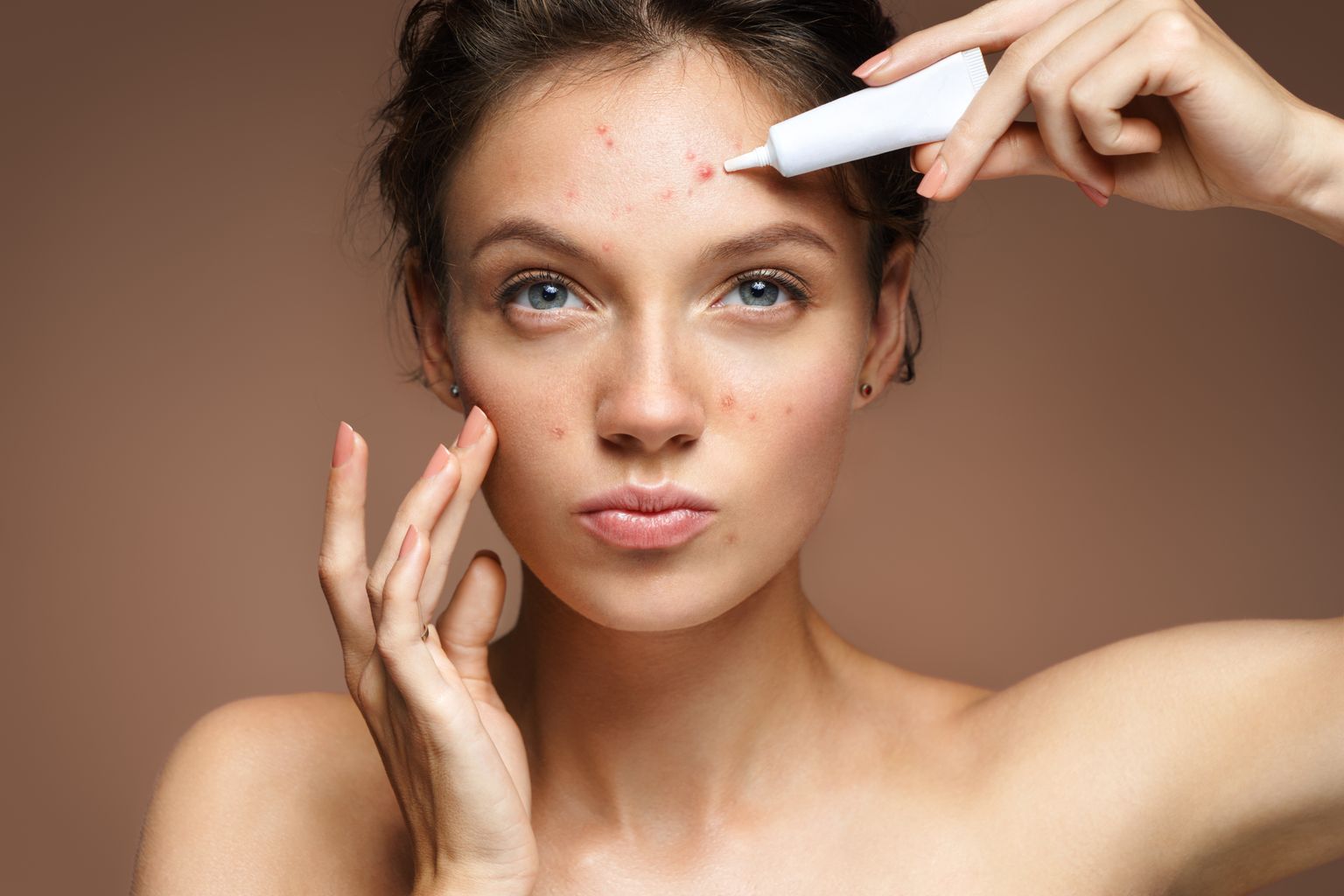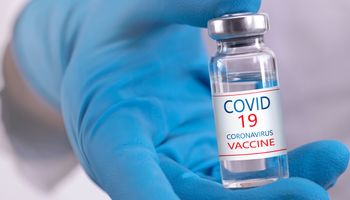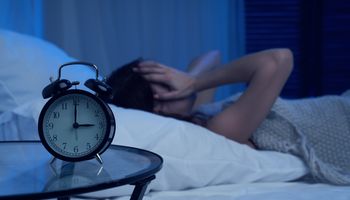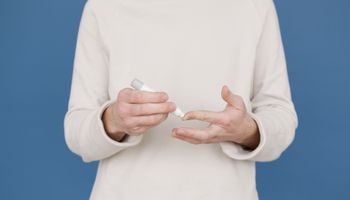What exactly is acne?
Acne is considered the most common skin condition worldwide, affecting about 54% of women and 40% of men over the age of 25. In adolescents, acne mainly occurs during puberty. Since the skin disease can occur in many different forms, there is no precise definition of acne. Mostly, pimples, pustules and comedones develop in the facial area of the affected person - mainly on the chin and forehead.
Acne vulgaris (i.e. common acne) is the most widespread form of this skin disease. It is triggered by hormonal changes during puberty in adolescents, with men usually being more affected than women.
Common acne is divided into three subtypes depending on its severity:
- Acne comedonica: As the mildest form of the disease, it only affects the facial area. In this case, the existing blackheads can become inflamed if they are expressed.
- Acne papulopustulosa: This subtype is characterized by blackheads and inflamed pimples on the face and back.
- Acne conglobata: The most severe form of the skin condition, this can cause nodules to form from the pimples, leaving obvious scars on the skin after healing.
Spironolactone:
In addition to its usual use as a potassium-donating diuretic (i.e., increases urine production in the kidneys) in heart failure or hypertension, spironolactone is commonly used in dermatology to treat acne vulgaris in women because of its antiandrogenic effects (i.e., inhibits male sex hormones). Recent studies on spironolactone have shown promising results for acne use in adult women. However, there is a lack of studies examining the effect of the diuretic agent in pediatric patients. Now, a team from the US-based Mayo Clinic, a non-profit organization, has retrospectively analyzed study data on the efficacy and safety of spironolactone for the treatment of acne in female adolescents.
Retrospective review:
This review was conducted at the Mayo Clinic in Minnesota from 2007 to 2017. Using electronic records, patients under the age of 21 who were treated at the Mayo Clinic were identified. The influencing criteria for the study were: Female patients with a dermatologist-confirmed diagnosis of acne, at least 3 months of spironolactone treatment, and a follow-up visit to the primary care clinic at least 3 months after starting this therapy. Health records were manually reviewed to accurately evaluate patient characteristics, clinical presentation, treatment, and response to this therapy.
Each patient's response to therapy was evaluated by impressions of the treating dermatologist at retrospective follow-up in the following groups:
- Complete response: at least 90% improvement
- Partial response: improvement of less than, equal to, or greater than 50%.
- No response: no improvement
For this purpose, the response time was determined both by the treating physician and by the assessment of acne by the patients themselves. The European classification system with four severity levels was used: Acne comedonica, mild to moderate acne papulopustulosa, moderate nodular acne papulopustulosa, and acne conglobata.
93.8% of subjects had not previously responded to other acne therapies. Several patients had concurrent dual therapy with oral antibiotics, oral contraceptive pills, or a combination of these treatments.
Results better than adults?
In a group of 80 adolescent female patients with a median age of 19 years (range 14 to 20 years), 64 of the patients, about 80%, showed improvement in acne when treated with spironolactone (average dose of 100 mg daily). 22.5% of them showed a complete response, 58.8% recorded either a complete or partial response of more than 50%. Exactly 21.3% of patients had a partial response of less than 50%, while 20% had no response. First and maximum responses were observed after a mean of 3 and 5 months, respectively, with patients receiving spironolactone treatment for a mean period of 7 months with limited side effects.
The adolescent proportion who responded completely to therapy at the same dose was much higher, 22.5% to 66.1%, compared with previously published study results in adult women. The rate of adverse events (10.4% to 3.8%) was also lower among adolescents than adults. This difference could possibly be explained by shorter duration of treatment, as adults took spironolactone for an average of 13 months - whereas adolescents took it for only 7 months. According to the study, improvements in symptoms are often not apparent for several months, which may have caused patients to discontinue therapy too early.
Conclusion:
According to the results of the study, spironolactone showed efficacy in the treatment of acne in adolescent females and may be a safe alternative to oral antibiotics in these patients. In any case, further prospective studies are needed to better analyze the effect of this agent. Since several patients in this study were treated with other drugs in addition to spironolactone, spironolactone-only therapy would also possibly provide more accurate results on efficacy.
Active ingredients:






